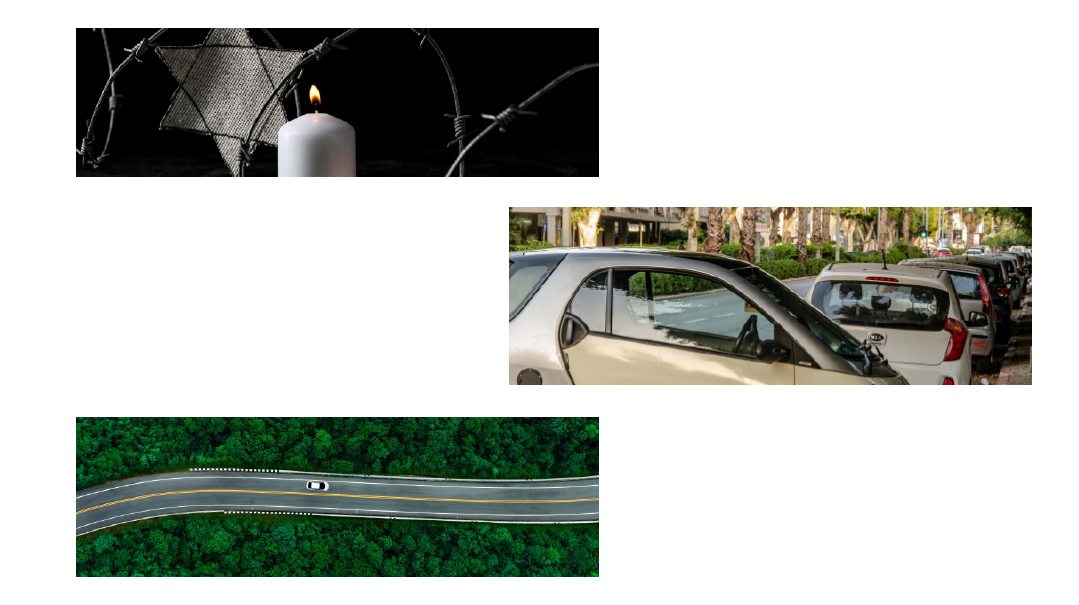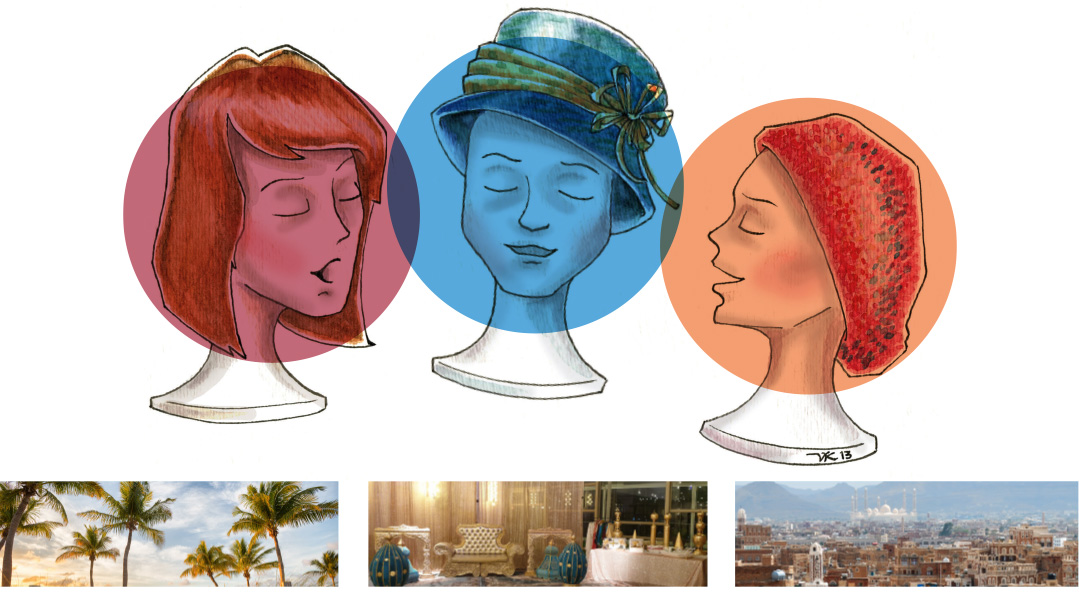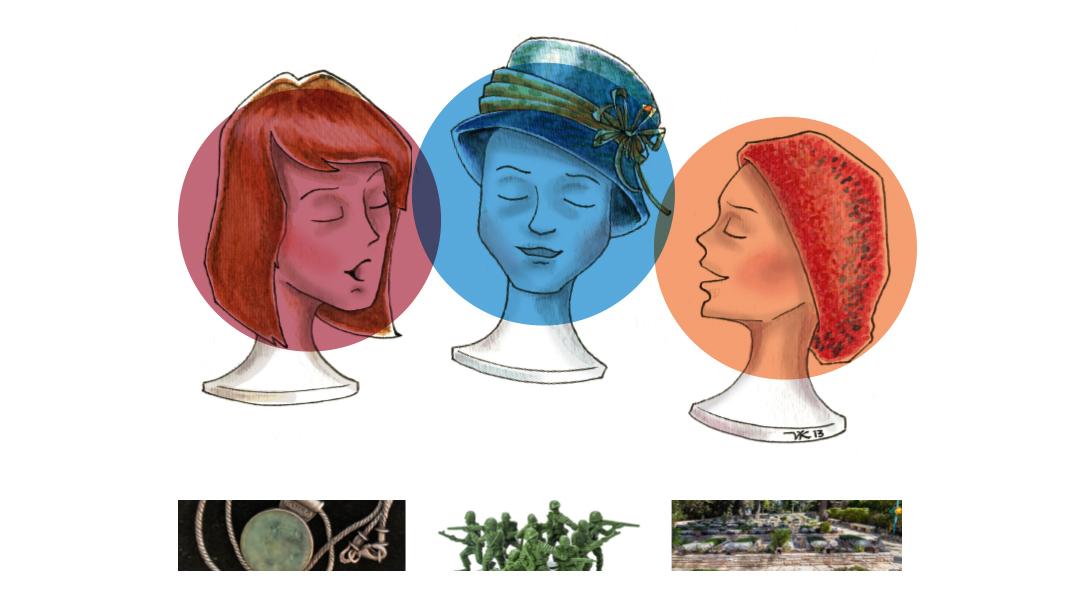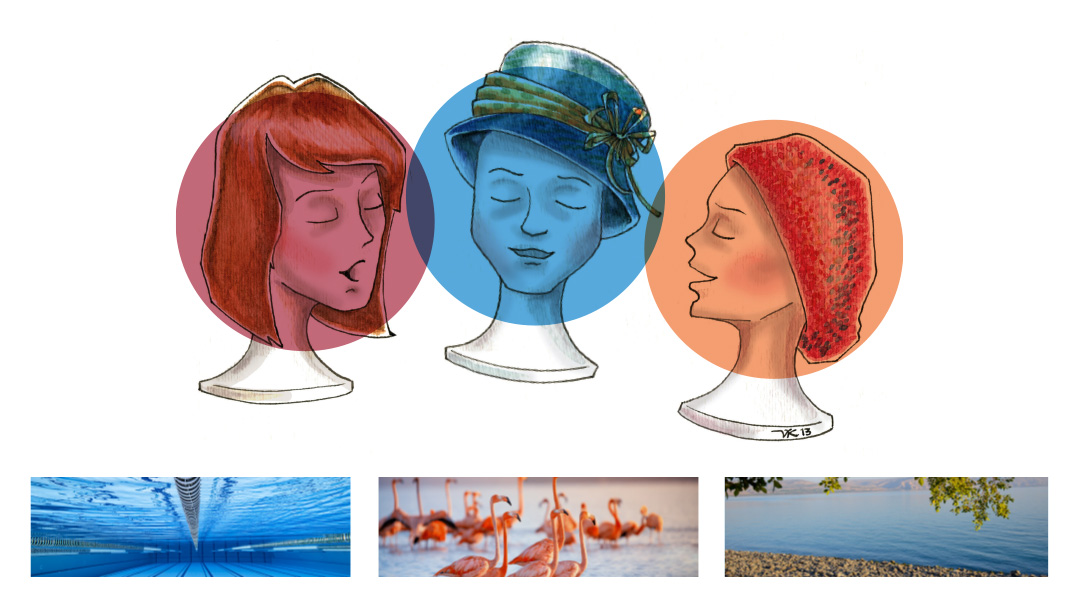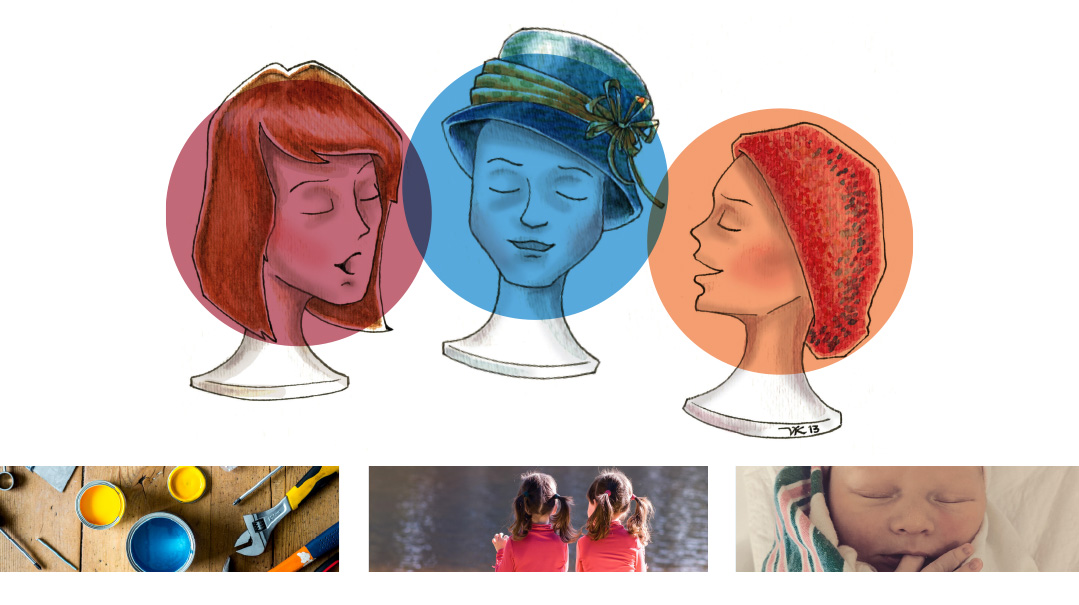Lovely As a Tree
| December 7, 2021The Sisters share stories grown on trees
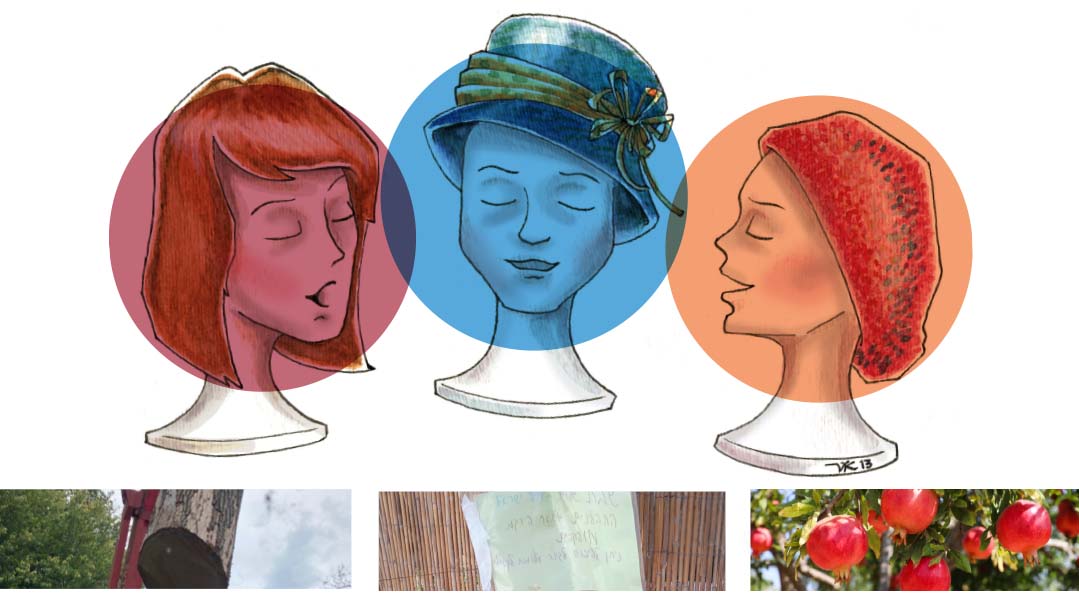
“I think that I shall never see
A poem lovely as a tree ...
Poems are made by fools like me
But only G-d can make a tree.”
Those are the first and final lines of “Trees,” one of the most admired poems of the 20th century. We Sisters have to agree with poet Joyce Kilmer. Not that poets are fools (though admittedly it’s not the most practical career path), but that Hashem’s trees are a miracle of creation. We sit in their shade on sunny days, take shelter under them in the rain. We climb their branches, enjoy their fruit, use their lumber. Trees clean the very air we breathe.
Trees are central to our physical world, while their beauty nourishes our souls. Which is why artists and poets have paid tribute to trees in pictures and words. And why we decided to dedicate our column to stories that grow on trees.
Or, to slightly change the opening line of “Trees”: We think that we shall never see / a Schmooze lovely as a tree…
Marcia’s tree and…
Sticks and Stones
The red oak beside my house soared proudly 120 feet into the sky. It took about 80 years to reach that height.
And now it was dead…
I confess. When my gardener delivered the bad news, my first reaction wasn’t grief about the poor old tree’s demise. Rather, it was fear about the danger to my house — and to me! My bedroom is on that side of the house. I had visions of a massive wooden-limbed monster crushing me in my sleep.
My fears were compounded by the fact that Hurricane Ida was headed toward our area, just days away. I visualized that meteorologists’ “cone” diagram with an arrow pointing dead center — to my house. My bed.
Stop the irrational fears, I told my overwhelmed brain. Instead, focus on practical concerns. How much will it cost to take it down? How do I find a good tree-removal service?
And how do I deal with yet another house issue alone — without Sheldon a”h?
Over 48 years of marriage, we’d developed clear lines of responsibilities. I did most of the cooking, shopping, and carpooling. He took out the trash, changed the light bulbs, handled the finances, dealt with home repairs. After he passed away, it all fell on my untested shoulders.
To make matters worse, for the past four months — specifically since the day I retired (yes, I finally did it) — I’d been besieged with an endless stream of household repairs. Dead small appliances, broken fleishig kitchen faucet, three separate boiler room pipe leaks, an ever-filling toilet, and on and on.
And major issues. Like my refrigerator dying just days before the Yomim Noraim. Having to find one that would fit my kitchen’s dimensions, have Sabbath mode to combat the digital tchachkes, and could be delivered ASAP. Having to deal with my dying food.
Did I mention my air conditioning? While waiting four months for an “evaporator coil drain pan,” on back-order because of Covid, I spent an entire morning each week waiting for a technician who’d climb into my attic to hand-pump water out of the system.
Wait, it gets worse: a basement bedroom flood. Shlepping everything out of the room, pulling up carpeting, hiring a contractor to replace flooring and redo drywall. And just when I got through with the basement — it’s raining upstairs, from around two skylights. You guessed it: my entire roof needed replacing.
And now the tree.
Dealing with house issues had become a full-time job. Good thing I’d retired. Or was Hashem just saving up these challenges for when I’d have time to deal with them?
While kvetching to a friend about my disintegrating house, I learned an important expression: Aytzim v’avanim. When Bnei Yisrael deserved to be destroyed, Hashem instead took out his anger on “wood and stones” and destroyed the Beis Hamikdash.
Aytzim v’avanim. My new mantra whenever anything broke.
Oops! We could not locate your form.

